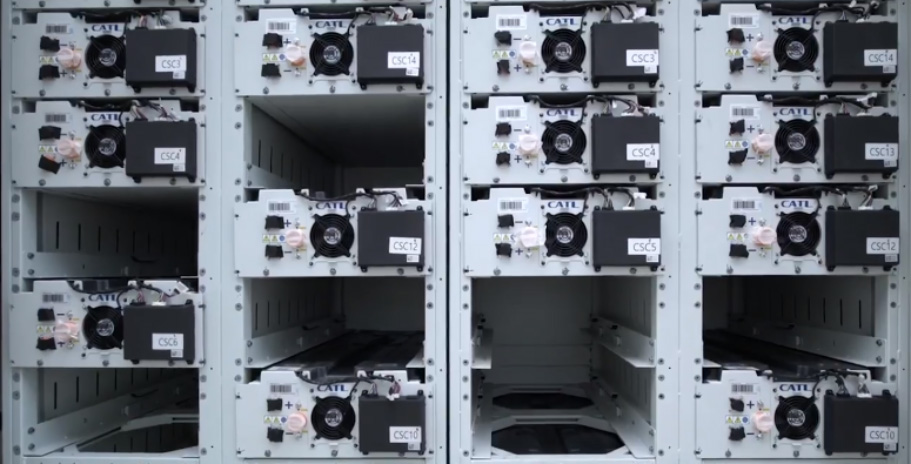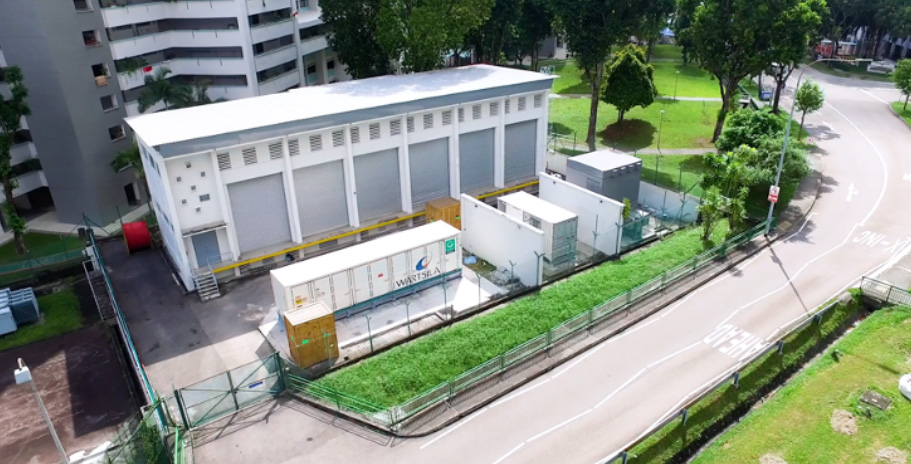By Janice
February 24, 2021
Economic growth is coveted globally, and it is especially phenomenal amidst looming uncertainties such as the COVID-19 pandemic. Yet there is no stopping to pursuing this luminary result, but any success would mean an increase in energy consumption. According to the U.S. Energy Information Administration (EIA), the world will be nearly doubling its energy usage by 2050 with demand driven by projected strong economic growth, mainly in Asia.
This is congruent to trends home in Singapore. Readings from EMA showed that energy consumption has been on an upwards scale for almost a decade since 2013. Electricity consumption is expected to grow further as the nation embarks on its Smart Nation Initiatives with increased digitalisation activities and development such as EV charging in building a smart grid. This brings about an inevitable increment in carbon footprint that is unattractive in addressing climate change. Hence, the inclination towards renewables such as Green Hydrogen and Solar power is not without a cause.
Singapore has aimed to generate 2GW of solar energy by 2030, which is equivalent to powering more than 400,000 4-room HDB dwellings. Other tangible actions taken include setting aside budget, notwithstanding COVID-19, to investigate areas better suited for solar power adoption, notably, energy storage solutions.
What is an Energy Storage System (ESS)?

A shot of the batteries used in EDP Renewables's ESS
In brief, an Energy Storage System allows capturing of produced energy for usage later at a preferred time, similar to the function of a power bank.
Essentially, an Energy Storage Systems (ESS) consists of a large array of batteries connected to the grid via a Power Conversion System. This ordered arrangement of batteries is monitored and controlled by means of a Battery Management System, responsible for operations including charging, discharging, cell balancing, health and state monitoring, fault detection and disaster prevention.
This is extremely useful in the event of an energy surplus (energy generated is more than the energy demand) when an extra source of generation, like solar energy, is available in the premise. Furthermore, the ESS technology could be instrumental in spearheading the wide use of renewable sources because it can assist in stabilising any intermittency. This overcomes the shortcoming of the varied output of renewables; sunlight/wind will not available the entire day. Other applications of ESS includes storing energy during off-peak hours to be supplied during peak hours to save cost in countries that practice time-of-use tariffs.
In addition to performing the obvious function of storing energy for use in a later part of time, the ESS is also instrumental in providing the necessary characteristics to stabilize the generation smart grid in meeting the demands of increasing variability and dynamics. These include frequency control, power factor variation and provision spinning reserves. These capabilities will be crucial in the grid of the future where more renewable energy sources are integrated into the grid, new types of demand profiles like Electric Vehicle (EV) charging and Internet-of-things (IoT), and change in consumption patterns like spikes in telecommuting needs.
Overall, the ESS technology greatly aids in the creation of a flexible grid system, with increased reliability and balance. An ESS can function standalone as an infrastructure to the grid or as a complement for renewable sources providing energy resilience and less reliance on the grid.
Top three benefits for Energy Storage System (ESS) adopters in Singapore

1. Cost Savings with Peak Shaving (reduce contracted capacity)
Maintaining healthy financial health for businesses revolves around increasing revenue and reducing expenses. The ESS can help mitigate utility bills by ensuring users peace of mind in choosing the lowest contracted capacity (better rates) possible and not worry about incurring high uncontracted capacity charges in an unforeseeable increase in electricity usage; no need to scale down operations (zero disruption) and reduce power consumption. The temporary spike of power demand will be supported by a properly controlled ESS.
2. Effective Integrated Resource Management with Renewables Sources
The ability to use energy surplus at an optimal time brings about benefits such as cost savings and a lesser carbon footprint. Renewable sources vary throughout the day and it is evident for solar energy technologies to create electricity only in daylight hours when peak electricity demand could be in the day or after office hours. ESS could store the excess generated electricity from either the grid or the renewable sources and use it only as applicable or when the electricity requirements exceed the amount produced through supply. This allows for a more sustainable and self-reliable running of the solar PV system.
3. The Greener Alternative to an Uninterruptible Power System (UPS)
Singapore takes a serious stance when it comes to the electricity disruption resulting in the nation's rare power outages. The ESS can also function as an uninterruptible power system (UPS) aka replacement for diesel gensets that are not green. However, current technology does not allow a large-scale back-up energy implementation by ESS due to its high upfront as well as maintenance costs. As more research is done on the area of cell chemistry and battery management, this role will be given an increasing importance in the near future.
Who is Energy Storage System (ESS) for?
The ESS technology provides an innovative, high performing and sustainable framework for renewable energy storage and can be incredibly important in handling the commercial, residential, and industrial requirements. This makes the invention a crucial agent in swaying public opinion in favour of renewability, sustainability and environmental conservation. These aspects are critical in facilitating the energy transition process of Singapore.
The ESS is not a one-size-fits-all solution and is highly customisable to individual users in terms of space, discharge requirements and energy storage capacity. This also meant that users can clearly see its ROI and green impact before investing. The ESS user(s) will have a sharp purview of their energy consumption for any informed decision making. It is the pivoting technology to be considered for users who want to advance energy efficiency and be at the leading edge in their endeavour to achieving any green and sustainable objectives.